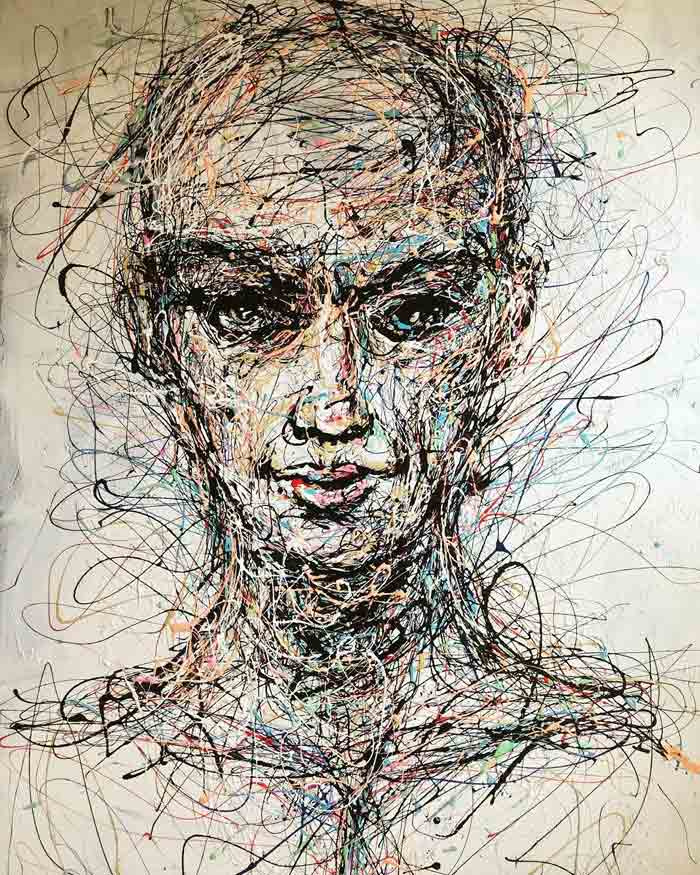In this article we will detail what the drip painting technique in art is and define drip painting technique. We will also look at the drip painting technique on the examples of the works of famous artists.

Drip technique in art
This method implies the rejection of the base coverage. Its essence is that paints are applied in drops or overflows, thanks to which unique works of art are created. After all, the paint will never lay down identically, drops and stains will always be different.Decanting and mixing of paints can be carried out in plastic cups. Next, you should prepare small containers in which decantation will be carried out. This will help create fine lines. The smaller the vessel, the thinner the strip will be.
How to do drip painting? Before starting work in drip painting techniques, you should determine the density of the fill, as well as the flow rate. If you use too dense textures, it will take longer to work. After all, the lines will not be formed clearly. Due to the natural movement of the hand, the lines will deviate from a particular direction.
Working with liquid textures is also difficult. Once the paint hits the canvas, it will start to run off. It will be more difficult for you to control the dilution. Therefore, you should take care of the initial mixing in advance.
Pouring paint is quite simple by tilting the vessel. The drip technique painting is nice and simple. You will know exactly how much paint you need to use to achieve the desired effect. Some masters prefer reverse fills.
That is, you need to select such a ratio of paint so that it drains. You can combine different shades of paint in one glass. However, they cannot be mixed. Add in layers.
Naturally, the tones will blend as you pour them in. This will create a "candy stick" effect. After all, it will be her mixture that will resemble her. As it dries, the picture will change. It will become more organic.
Shades of paint will form a single mass once dry. You may notice that complex and uneven lines will form as it hardens. They will draw attention to themselves. If you use linear and balanced gestures, it can be difficult to apply the paint so that the shades intertwine.
Examples of drip painting in art
Jackson Pollock, who creates controversial works of art, brought fame to drip art painting. He first used this technique in the 50s of the last century. The acrylic drip painting techniques were created after completely repeating the style.Contemporary artists use Jackson’s secrets only as a reference tool when layering paint or creating effects is required. Today many modified techniques do not repeat other people’s work and styles.







